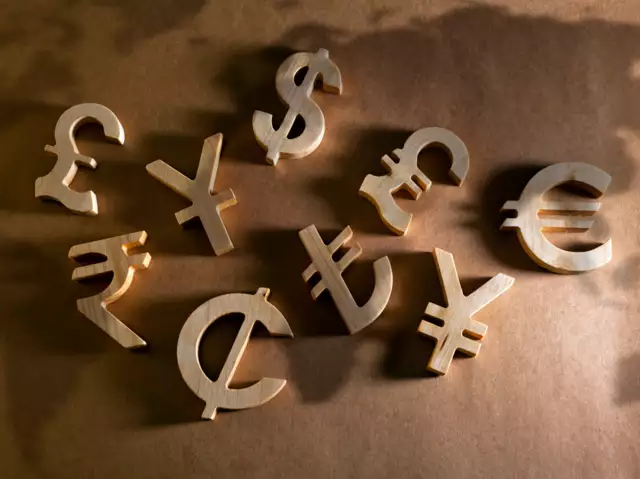 AP
APAs Catholic cardinals reconvened in the Sistine Chapel on Thursday to resume the secretive and tradition-rich process of selecting a new pope, Prevost’s name has increasingly come up among Vatican watchers and insiders. The conclave, one of the most geographically diverse in history, was called following the death of Pope Francis on April 21 at the age of 88.
Prevost, who currently heads the Vatican’s influential Dicastery for Bishops, holds dual citizenship in the United States and Peru. His long-standing service in Peru and his current oversight of bishop appointments worldwide have positioned him prominently within the Church hierarchy.
Seen as a centrist with progressive leanings on social issues, Prevost shares ideological and pastoral similarities with Francis, particularly in his emphasis on serving the poor and marginalized.
If elected, he would become the first American to ascend to the papacy.
Incidentally, U.S. President Donald Trump earlier joked that he would "like to be pope."
How the Conclave Works
Cardinals under the age of 80 are eligible to vote, and this year’s group of 133 electors reflects the Church’s growing presence in Africa, Asia, and Latin America, while still drawing from its European roots. Of these, 108 were appointed by Pope Francis himself, many of whom are thought to be sympathetic to his vision for a more inclusive and globally representative Church.The conclave began with a solemn Mass before the cardinals processed into the Sistine Chapel, where they are locked away from the world—literally. Phones are surrendered, communication is cut off, and signal jammers are in place to ensure total secrecy.
Voting takes place in silence beneath Michelangelo’s masterpieces, and continues until one candidate secures a two-thirds majority—at least 89 votes. After each round of voting, the ballots are burned: black smoke signals no decision; white smoke announces the election of a new pope.
Typically, there are two ballots in the morning and two in the afternoon each day. While the longest conclave in history dragged on for nearly three years, modern ones are far shorter—often resolved in under ten ballots. Pope John Paul I was elected on the third ballot in 1978; his successor, John Paul II, needed eight. Francis was chosen on the fifth in 2013.
Who Are the Contenders?
There are no formal candidates in a conclave, but certain figures are widely viewed as papabile—having the qualities considered suitable for a pope. Since John Paul II broke the centuries-long Italian hold on the papacy in 1978, popes have hailed from Poland, Germany, and Argentina.Prevost stands out not just for his nationality, but for his leadership role in shaping the global episcopate, his pastoral experience in Latin America, and his Francis-like approach to social justice.
What Happens Once a New Pope Is Chosen?
When a candidate accepts the role, he selects a papal name and retreats briefly to the “Room of Tears,” a space reserved for the deeply emotional moment of transformation. Moments later, he is introduced from the balcony of St. Peter’s Basilica with the Latin announcement: “Annuntio vobis gaudium magnum: Habemus Papam!” (“I bring you tidings of great joy: We have a pope!”)The name he chooses offers the first insight into his papal vision. A “Francis II” would signal continuity with the outgoing pope’s priorities. A “Pius” might suggest a return to traditionalism.
Why the Papacy Matters Beyond the Church
Though the pope is a religious figure, his influence extends far beyond Catholicism. Pope John Paul II was instrumental in encouraging resistance to Soviet rule in Eastern Europe. More recently, Pope Francis became a global voice on issues like climate change, inequality, and migration, often speaking out against rising nationalism and advocating for the vulnerable.The choice of the next pope will shape not only the future of the Catholic Church but also its role on the world stage.
And perhaps, for the first time, that future could be led by an American.
(Catch all the Business News, Breaking News, Budget 2025 Events and Latest News Updates on The Economic Times.)
Subscribe to The Economic Times Prime and read the ET ePaper online.
Read More News on
(Catch all the Business News, Breaking News, Budget 2025 Events and Latest News Updates on The Economic Times.)
Subscribe to The Economic Times Prime and read the ET ePaper online.









































